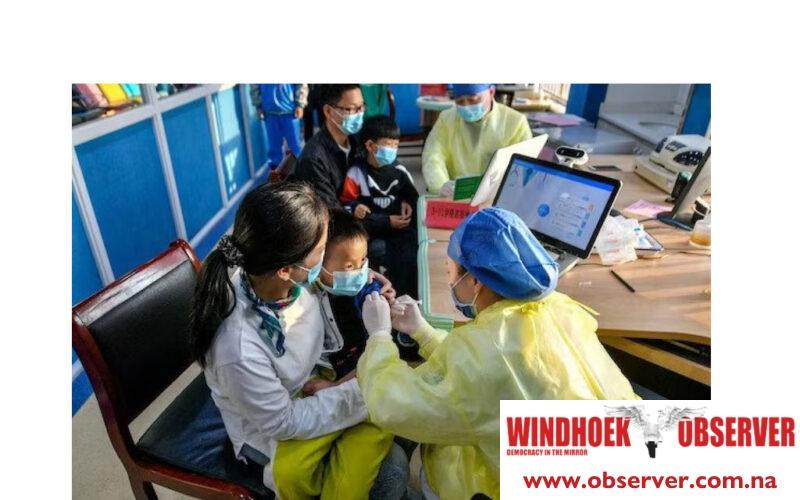Niël Terblanché
Chinese hospitals are grappling with a sudden surge in cases of a mysterious respiratory illness that has left authorities baffled and the World Health Organization (WHO) deeply concerned.
While China struggles with this mystery illness and its potential implications, the world is anxiously watching and hoping for swift answers and effective containment measures to protect public health.
The outbreak has raised alarms as it primarily affects children, adding to the existing healthcare challenges faced by the nation.
Reports of the illness first emerged from various regions across China, but cases have now also been confirmed in the capital city, Beijing.
The WHO has formally requested China to provide more detailed information about this outbreak and the clusters of pneumonia cases in children.
Chinese health officials, represented by the National Health Commission, held a press conference last week to acknowledge a significant increase in respiratory diseases throughout the country.
The country’s authorities have attributed the surge in cases to the relaxation of COVID-19 restrictions and the concurrent circulation of well-known pathogens such as influenza, mycoplasma pneumoniae, respiratory syncytial virus (RSV), and SARS-CoV-2.
Authorities have stressed the critical need for enhanced disease surveillance within healthcare facilities and communities, along with the reinforcement of the healthcare system’s capacity to manage affected patients.
More recent and stronger surges of unexplained pneumonia clusters among children in northern China have been reported at the start of this week, raising uncertainty about their connection to the broader surge in respiratory infections.
In response, on Wednesday, the WHO invoked the International Health Regulations mechanism and formally requested China to provide additional epidemiological and clinical information, as well as laboratory results regarding these pediatric pneumonia clusters.
The international health authority has also sought more information on the circulation patterns of known pathogens like influenza, SARS-CoV-2, RSV, and mycoplasma pneumoniae while maintaining communication with Chinese clinicians and scientists through established technical networks. Since mid-October, northern China has experienced a notable increase in influenza-like illnesses compared to the same period in previous years.
In response to growing concerns, China has assured the international community that it possesses robust systems to monitor trends in influenza, influenza-like illnesses, RSV, and SARS-CoV-2, and shares this information with global platforms like the Global Influenza Surveillance and Response System.
In a statement on their website, the WHO pledged to continue providing updates on the evolving situation in China.
The global health body has also issued recommendations for individuals in China to mitigate the risk of respiratory illness, including vaccinations, maintaining distance from sick individuals, staying home when unwell, regular testing and medical care, mask-wearing, ventilation, and proper hand hygiene.




